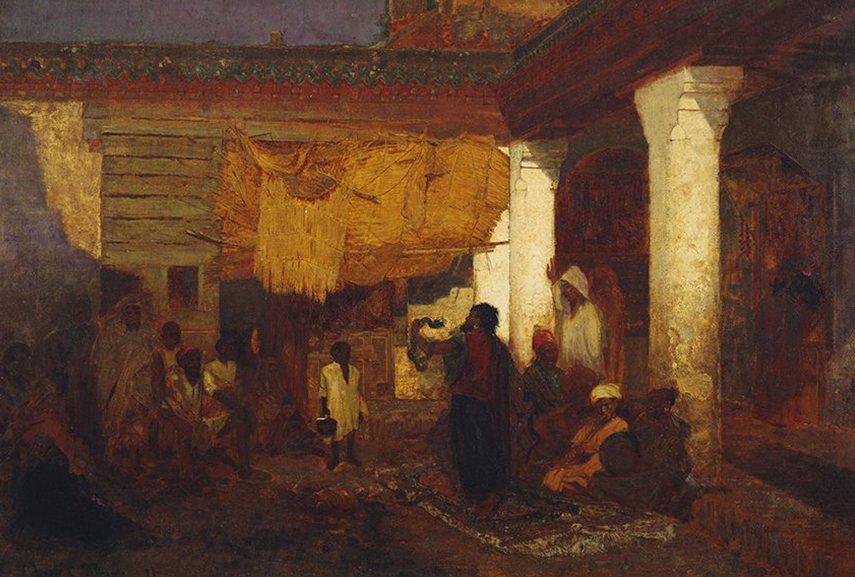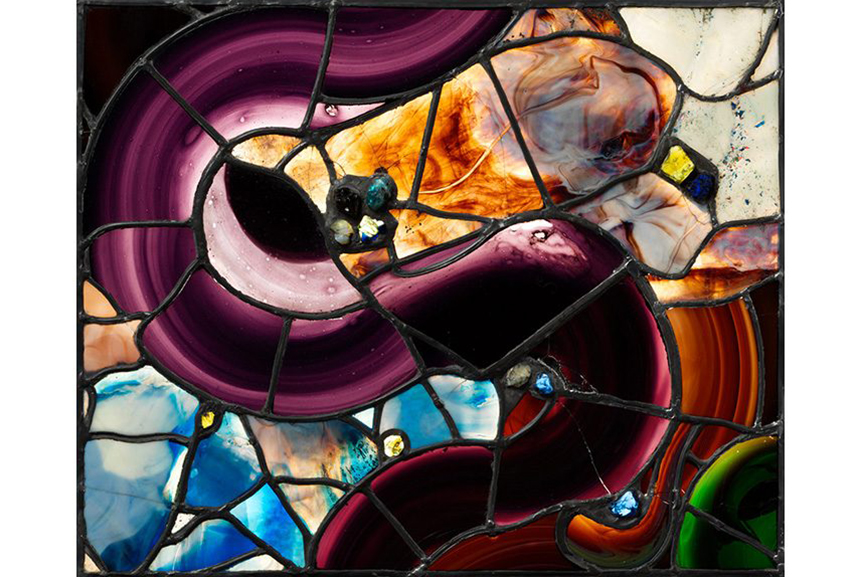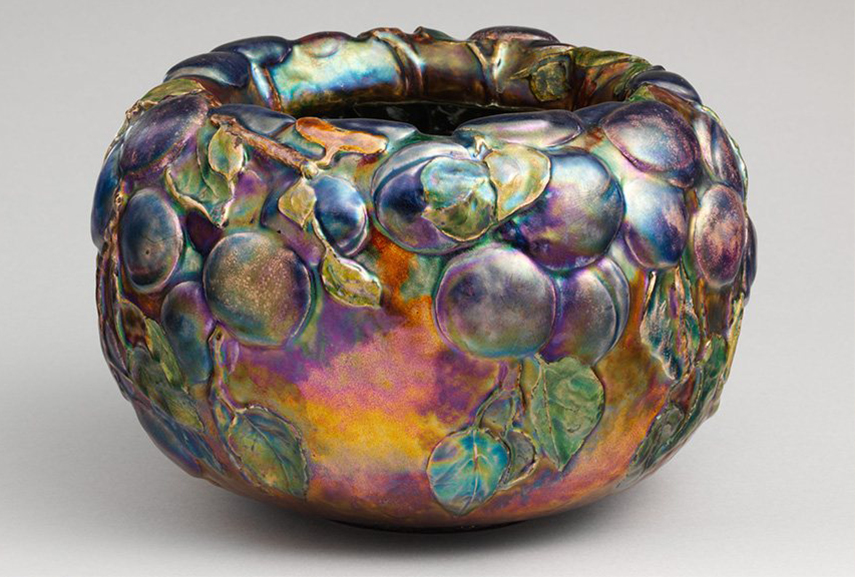Louis Comfort Tiffany - The Artist and The Legend
If you ever find yourself staring at Gustav Klimt’s Kiss trying to figure out if you’ve seen that rich golden pattern elsewhere, know that your mind is probably associating it with Art Nouveau stained glass lamps. And it has the full right to do so. Art Nouveau was a movement that had another name in Austria (Secession), which cannot be mentioned without Gustav Klimt’s name clinging to it. But apart from the world famous European "celebrities" from this period, the turn of the 19th century had some prolific Art Nouveau designers in the USA as well, and one of them was Louis Comfort Tiffany.

Promising Origins
Louis Comfort Tiffany comes from a wealthy American family, a family that was well informed about the way art pertains to design and the market as well. His father was Charles Lewis Tiffany, founder of the famous Tiffany & Company jewelry store. The benefits of such background were supportive of his interest in applied arts and his career afterwards, however Tiffany’s wish was to be independent and to create his own line of design. He started out as a painter, influenced by Geroge Innes and Samuel Colman, and although his attention later turned to decorative arts and design, he never abandoned this genre. It was however obvious what used to fascinate him most, as his paintings often included various garments, pottery, exotic art objects and architectural motives.

Louis Comfort Tiffany and Applied Arts
In 1878, Tiffany made his first significant interior design project. It was a top floor studio apartment in New York City. The project itself was a superb addition to the collection of Art Nouveau interiors, but what made Tiffany’s creations differ from others was the unconventional and experimental use of stained glass, applied to the windows he made. Soon, he placed his focus almost completely on leaded-glass design, and founded his own company in 1885. He did continue to make numbers of interiors of course, some of whose designs remain preserved to this day. To look at those drawings today means to catch a glimpse of an exciting era, right at the beginning of architecture’s continuous mingling with decorative arts.

Art Nouveau
In short, main endeavor of the Art Nouveau movement was to upgrade crafts to a higher level, and to deny the difference between arts and crafts. If you’re familiar with tendencies of William Morris, you probably find great similarities between their intentions. Art Nouveau had crucial impact on both arts and architecture, but equally important is the fact that it was a stream which probably made applied arts what they are today, in terms of significance and recognition. Or at least it had a major role in doing so, introducing them to the rapid changes that happened to art during the 20th century.
You probably already guess who played the key role in making the break-through of applied arts happen. Tiffany and his studios practically revolutionized the notion of stained glass and its previous appearance. Before him, and his main competitor John La Farge, the craftsmen used to utilize flat panes of white and colored glass before firing and leading. Tiffany made effort to change what remained the same since medieval times, and made progressive improvements to the process. He developed the "copper foil" technique, which basically meant edging each piece of cut glass in copper foil, and soldering the whole together to create his windows and lamps. This resulted in achieving a vast variety of detail, density and texture, but above all – color, and it was something completely new at that time. By producing his own opalescent glass and objects composed of it, Tiffany gradually made an empire. In 1898, Tiffany found his ultimate calling which he is now most famous for – producing lamps, and of course the lampshades were made out of glass. He translated the technique he conducted on his own and started producing dozens of objects whose aesthetics relied on the Art Nouveau definition of beauty and decoration completely. He believed that nature was the key to solving problems of design, and most of Tiffany’s design aspects, including shades of color, shapes and principles of conception come from nature.

Guided by Passion
William Morris was not already mentioned in this text by accident. He too had brilliant attempts at producing what he aimed to, and he did try his best for arts and crafts to make peace. But apart from the great art pieces that are revolutionary in a self-referential way, he did not completely succeed in delivering his art the right way. One of the initiatives for making arts and crafts equal was to make art accessible, to make it available to people who admire it. But many companies that followed Morris’s standards could not manage to create products of high quality and artistic value and to keep the price in a reasonable range. And now we come to the point where Louis Comfort Tiffany’s work overcomes simple ‘fine design’ and becomes legendary, although its integrity might have not been that strong if it wasn’t for Tiffany’s wealth: Tiffany had the luxury to sacrifice profits of his company for the sake of artistic achievement, and that is what made his designs special. It also provided him with the opportunity to produce a big amount and variety of products – lamps, vases, furniture, and there was, in the end of the day, a bit of something for everyone. However, despite his devotion, pure intentions and financial stability, in 1932, Tiffany Studios went bankrupt, which was just a year before he died.

Finding a Parallel
In case you’re wondering why bring up this art history topic today: Art Nouveau, as well as its advanced and slightly modified successor Art Deco, took part in a very specific period of time. It was when the world was in a strange state of transition, which resulted in all kinds of explosions – cultural, artistic, social, and unfortunately in a literal sense of the word as well, as both movements preceded two big wars. Without intending to summon another war of course, here's a question for you - could it be that we are living in a similar period right now? Is there a Tiffany of our time - someone of good wealth but with equal amount of enthusiasm and love for art and design, who is willing to risk his comfort for a higher goal?
Featured Images: Louis Comfort Tiffany - Garden Landscape window, 1900-1910, photographed by John Faier, copyright: Driehaus Museum; : Louis Comfort Tiffany - Louise Tiffany Reading, 1888, pastel on buff colored wove paper. All images used for illustrative purposes only.
Can We Help?
Have a question or a technical issue? Want to learn more about our services to art dealers? Let us know and you'll hear from us within the next 24 hours.
